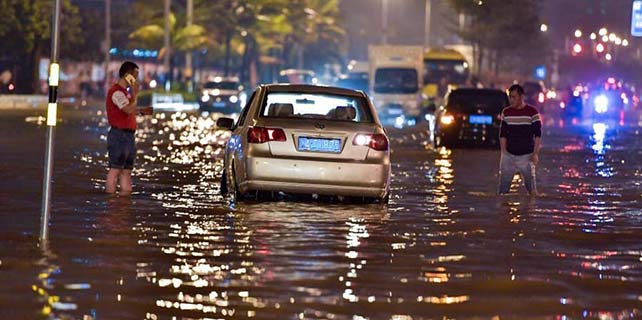Truffles change the fortunes of Istrian peninsula
"The best time for the search is at night when the air is cleaner, so dogs can smell a truffle more easily. The downside is that dogs can easily get lost in the dark," Kalcic says.
On Nov 2, 1999, the biggest white truffle in the world was found in this forest. The lucky finder was Giancarlo Zigante. With the help of his German pointer Diana, he found a tuber weighing 1.31 kilograms in the Motovun forest near Livade.
It was, and still is, the world's biggest white truffle, a mushroom that has earned its place in the Guinness Book of World Records.
It was a breakthrough for Zigante whose name became a synonym for the Istrian truffle. Today, he runs a famous truffle restaurant in Livade and organizes Zigante Truffle Days, a 10-weekend long festival of truffles.
"People from around the world come to Livade to taste the best truffles. Istria is best known for white truffles. They are the most expensive truffles in the world. Unlike black truffles that can be dried, frozen and preserved, white truffles are special because they cannot be conserved. You have to eat them within a week," says Morena Borovecki, the marketing manager for Restaurant Zigante and Zigante Truffle Days.
The price, she says, varies from season to season. "It all depends on the offer. This season, the price of a white truffle can reach 5,000 euros ($5,835) per kilo."
Nevertheless, visitors to the festival never ask the price. Thousands of them come each year simply to enjoy the noble mushroom.
"The best way to consume truffles is to slice fresh truffles directly on the food. It could be a pasta, potatoes or eggs because these foods have a neutral taste and allow you to better taste the flavor of the truffle," Borovocki explains.
Livade is not the only Istrian village that celebrates truffles. In October and November, there are exhibitions and fairs throughout the peninsula. Istria even has "the city of truffles" in the form of Buzet.
Beautiful nature and delicious food has transformed the fortunes of the central Istrian region, which is now often described as "the new Tuscany".




















